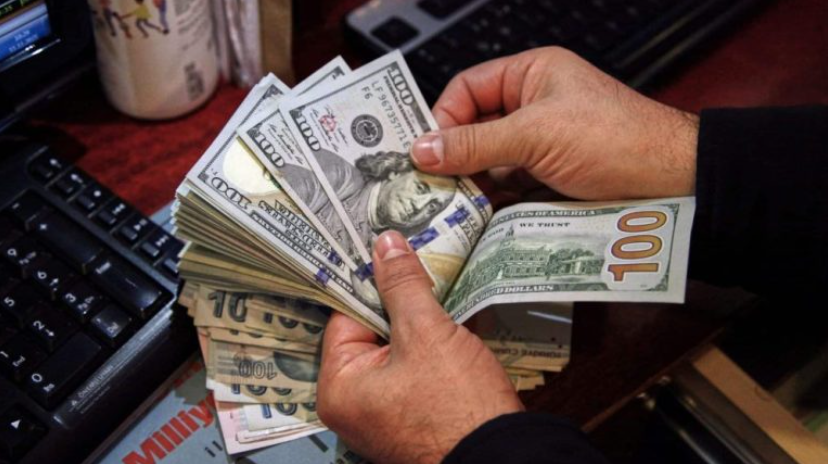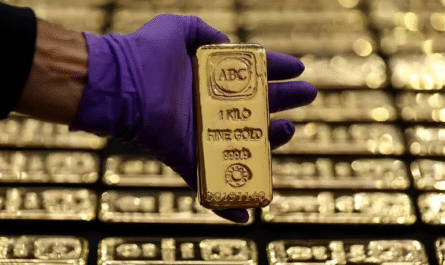In a positive development for Pakistan’s economy, the Pakistani Rupee (PKR) has continued its upward trajectory, strengthening against the US Dollar for the 11th consecutive trading session. This consistent appreciation comes as a relief for businesses, importers, and the general public who have long faced pressure from currency depreciation and inflation.
Rupee’s Recent Performance
According to interbank market reports, the dollar rate in Pakistan has been on a downward trend over the past two weeks, with the rupee gradually regaining value. This is the longest winning streak for the rupee in months, signaling a shift in market sentiment and improved confidence in the country’s financial management.
The rupee’s steady climb has pushed the dollar lower, easing pressure on import costs, particularly for essential commodities like petroleum, machinery, and raw materials. For a country that heavily relies on imports, even small improvements in the exchange rate translate into noticeable economic benefits.
Factors Behind the Rupee’s Recovery
Several factors have contributed to the consistent appreciation of the Pakistani Rupee:
- Improved Foreign Exchange Reserves
Pakistan has witnessed an uptick in forex reserves, thanks to inflows from multilateral institutions, friendly countries, and better management of the current account deficit. Stronger reserves have boosted market confidence. - Strict Crackdown on Currency Smuggling & Black Market
Authorities have intensified actions against illegal currency traders and hawala networks. These measures have reduced artificial demand for dollars in the open market, strengthening the rupee’s position. - Controlled Import Bill
With policies aimed at reducing unnecessary imports, Pakistan’s demand for dollars has declined. This has helped balance the supply-demand equation in the currency market. - Positive Outlook from IMF Program
Pakistan’s ongoing engagement with the International Monetary Fund (IMF) has reassured investors and markets. Structural reforms, fiscal discipline, and improved tax collection measures are creating a favorable environment for currency stability. - Increased Remittances
Remittances from overseas Pakistanis have risen, providing an additional cushion for the rupee against the dollar.
Impact on the Economy
The rupee’s steady appreciation is expected to bring multiple benefits:
- Lower Inflationary Pressure: A stronger rupee makes imports cheaper, which can reduce the cost of petroleum products, food items, and other essentials. This, in turn, may help ease inflation.
- Improved Investor Confidence: Currency stability is a critical factor for both local and foreign investors. The current trend could encourage greater investment in Pakistan’s markets.
- Support for Trade Balance: A controlled dollar rate helps exporters plan better while reducing volatility in trade settlements.
- Debt Servicing Relief: Since a large portion of Pakistan’s debt is dollar-denominated, a stronger rupee can reduce the local currency burden of external debt repayments.
Market Sentiment and Public Reaction
For the general public, the dollar’s decline is welcome news. In recent months, the rupee’s depreciation had led to skyrocketing prices of daily-use items, fuel, and electricity. A stronger rupee offers hope for stabilization in utility bills, fuel costs, and inflation.
Business circles, particularly importers, have also reacted positively, as lower dollar rates reduce their costs and improve profit margins. Exporters, however, remain cautious as a stronger rupee could make their goods slightly less competitive abroad.
Challenges Ahead
While the current trend is encouraging, sustaining the rupee’s strength will not be without challenges:
- Global Oil Prices: Any sharp rise in oil prices could increase Pakistan’s import bill, putting pressure on the currency.
- Debt Obligations: Pakistan faces large external debt repayments in the coming months, which could strain reserves.
- Dependence on IMF and External Support: The rupee’s stability is still closely tied to IMF programs and foreign aid, making it vulnerable to geopolitical or financial uncertainties.
- Structural Reforms: Without long-term reforms in taxation, exports, and productivity, the currency could face volatility again.
Conclusion
The Pakistani Rupee’s 11-day winning streak against the US Dollar marks a rare phase of stability in the country’s currency markets. Backed by improved reserves, a crackdown on illegal currency trade, and positive sentiment from the IMF program, the rupee’s appreciation is a welcome relief for Pakistan’s fragile economy.
However, sustaining this momentum will require consistent reforms, prudent fiscal management, and efforts to boost exports and remittances. If managed well, this phase could mark the beginning of a more stable economic outlook for Pakistan.



